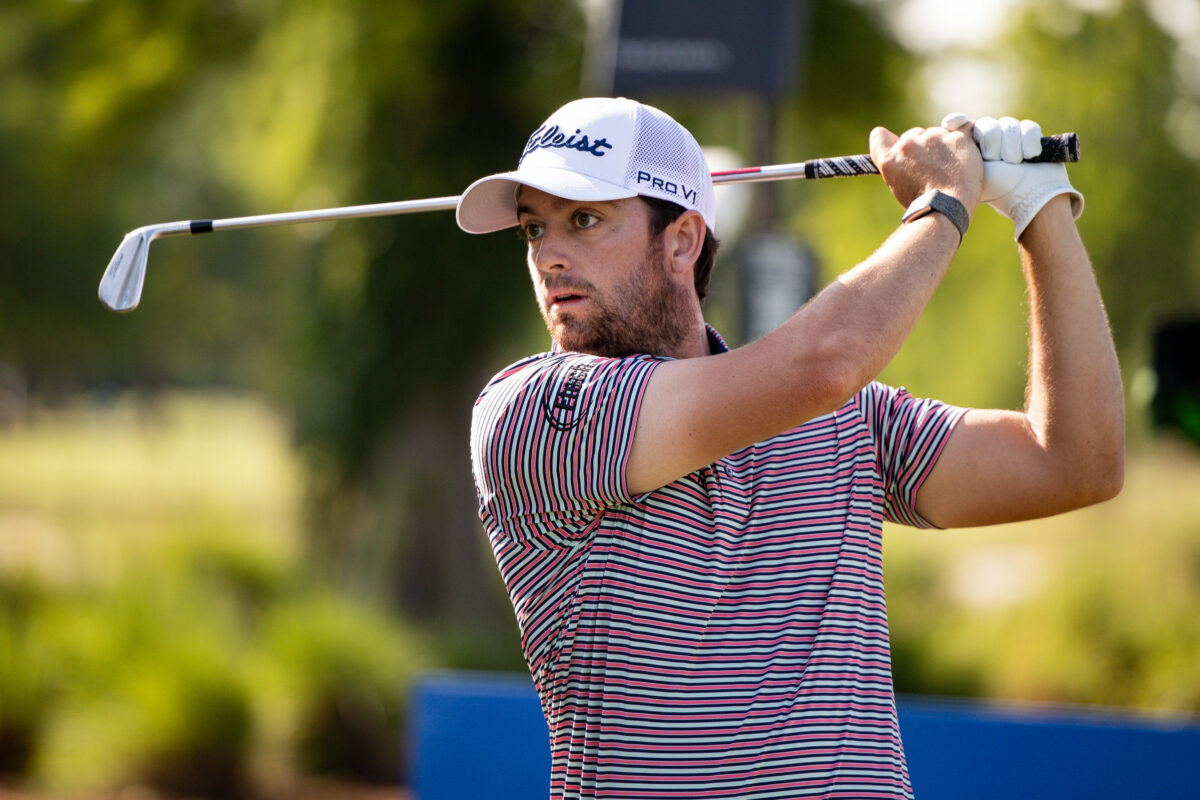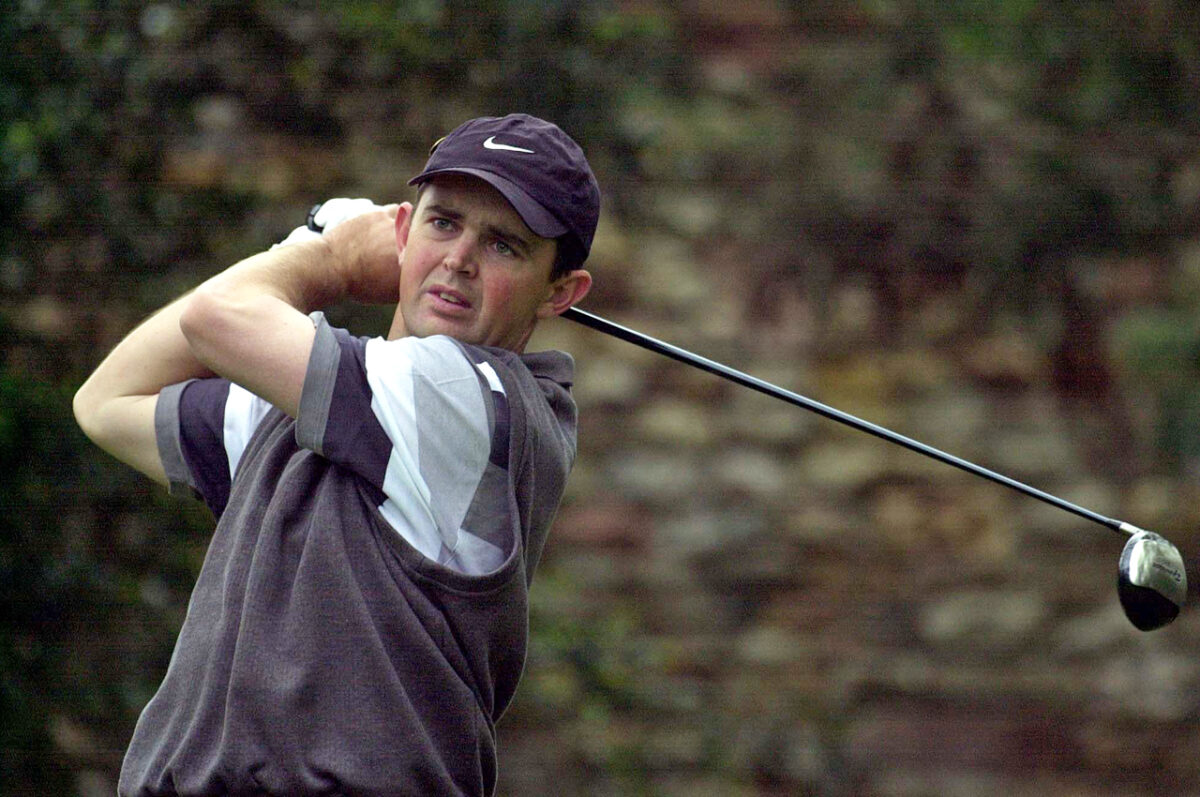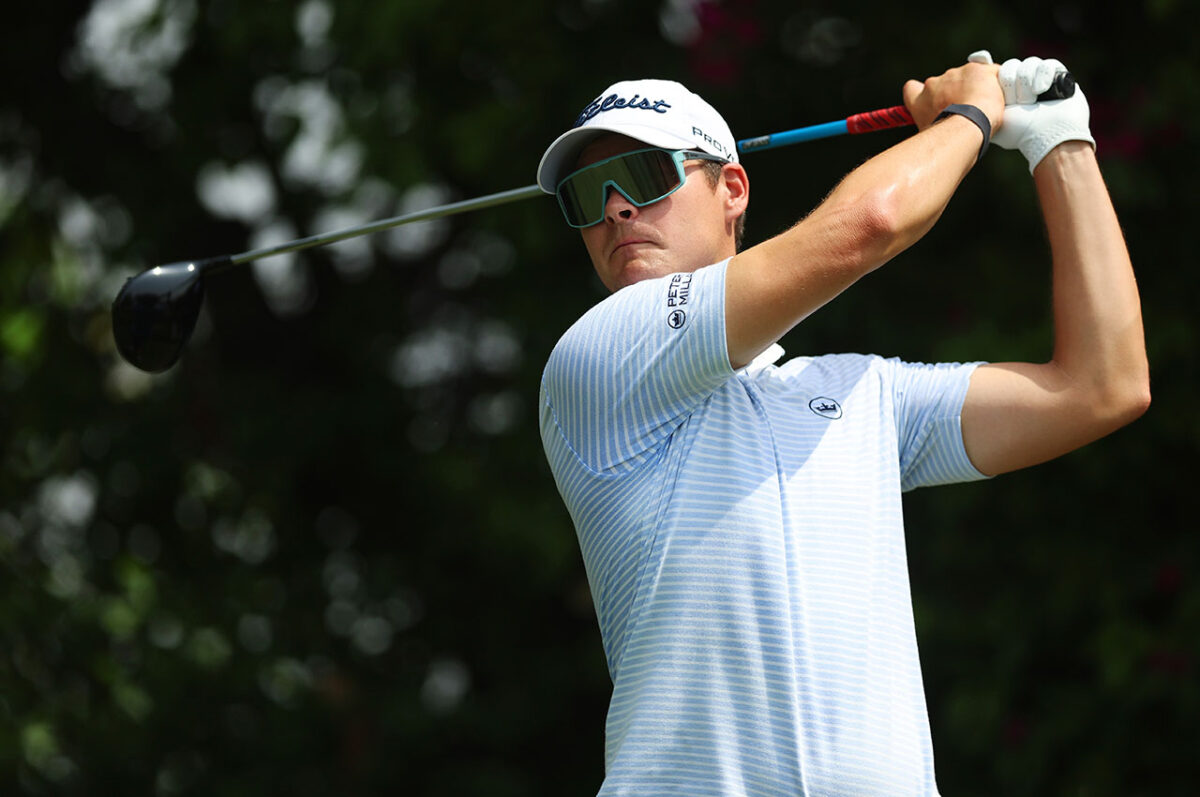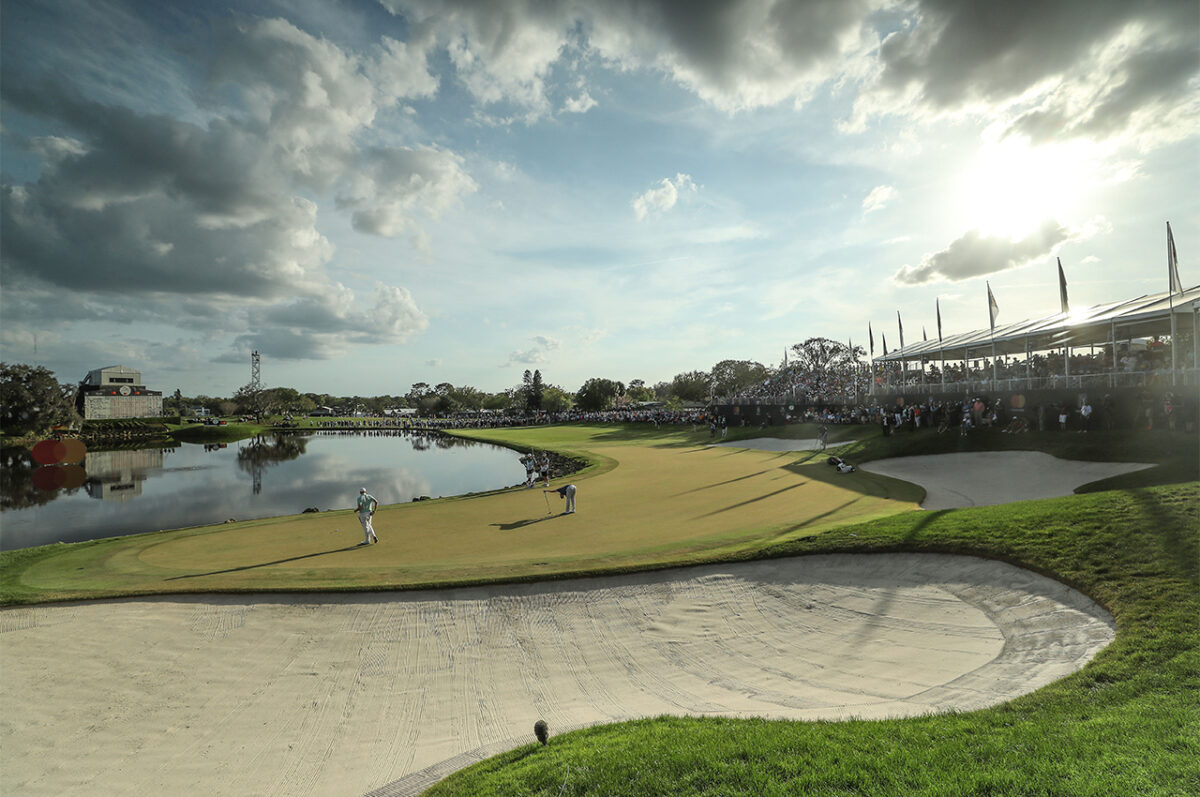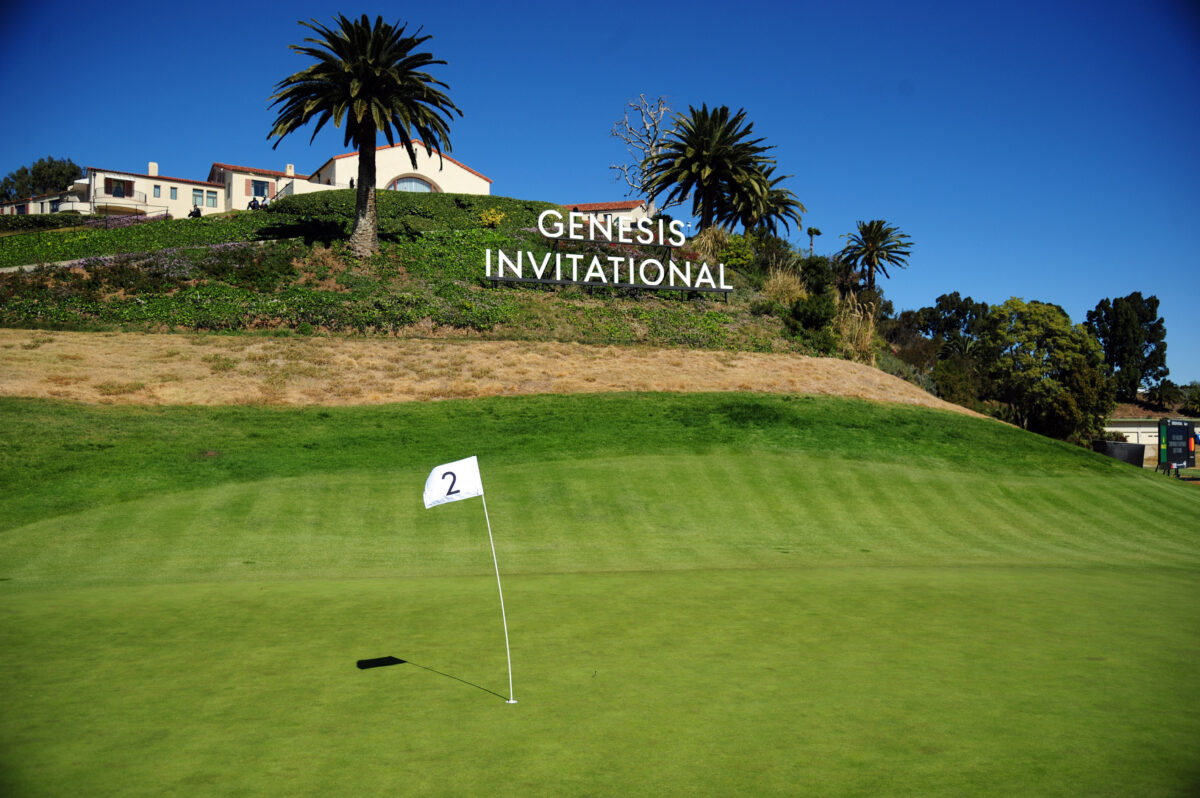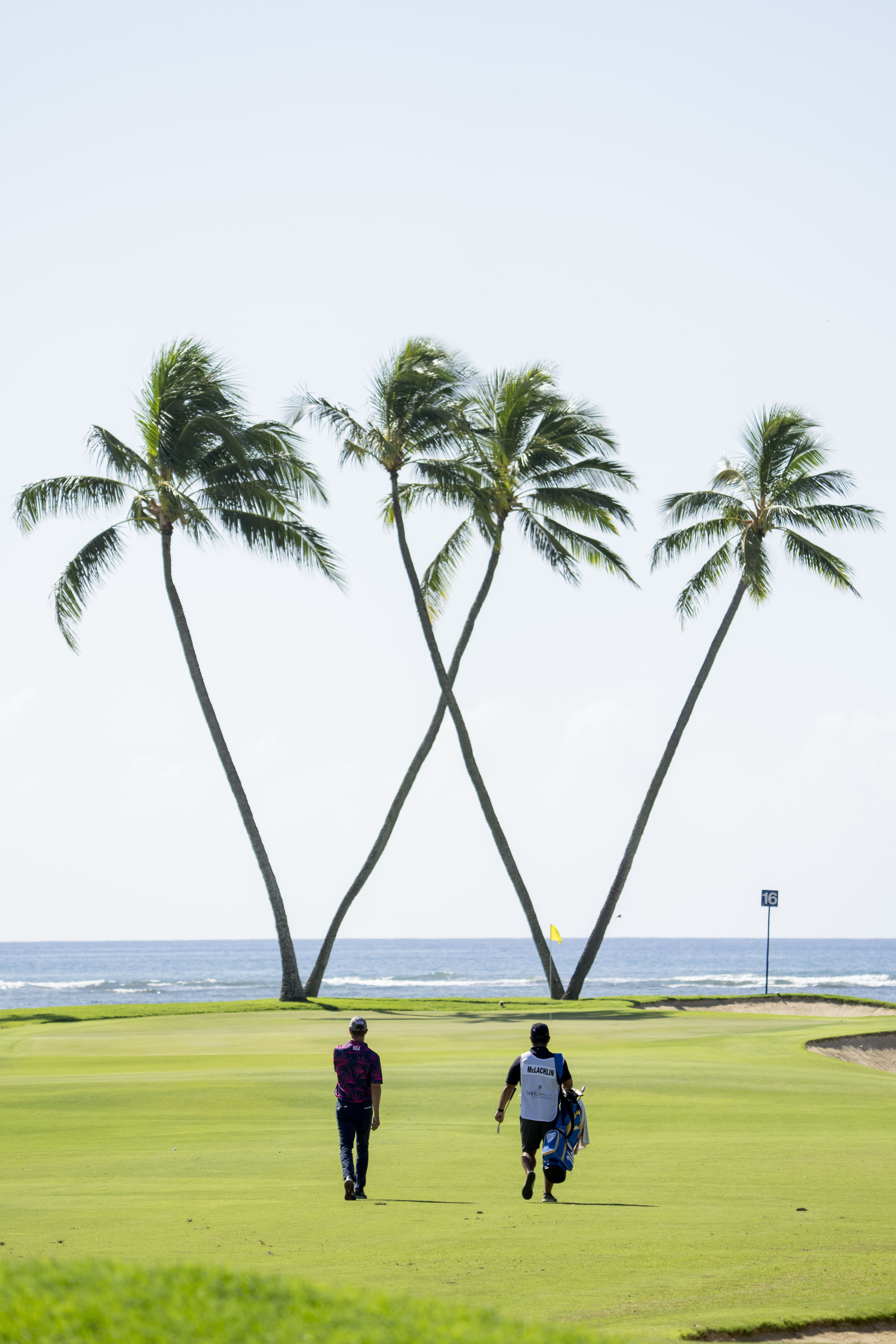AVONDALE, La. – There’s a saying in golf that you can’t win the tournament on Thursday, but you can lose it, and no event epitomizes that adage like the Zurich Classic of New Orleans.
Unlike other PGA Tour events, for the last seven years this event has been unique with its two-man team format. It also drops the traditional 72-hole stroke play format in favor of Fourball (best ball) in the first and third rounds and Foursomes (alternate shot) in the second and fourth rounds. This means that on Thursday and Saturday, each team has two balls in play on every hole, and, ideally, two opportunities to make birdies. As you might suspect, that format drops scores faster than oysters and beers go down on Bourbon Street.
Taking advantage of excellent scoring conditions Thursday morning at TPC Louisiana, Davis Thompson and Andrew Novak birdied three of their first four holes. Then they made five more birdies and an eagle to shoot a 10-under 62, which put them atop the leaderboard as the morning wave of teams worked around the 7,425-yard course.
“(Davis) teed off first on every hole, and he was driving it so good off the tee that I never really stressed out when I was hitting,” Novak said. “We just played our own game and tried to make birdies because it was pretty gettable. We were the first group out on the day, so the greens were rolling perfect.”
You will never hear professional golfers say anything negative about a 62, but Thompson and Novak were not fist-bumping or high-fiving after they walked off their final hole. Scores like theirs are expected on Fourball days here.

Davis Riley partnered with Nick Hardy to win here last season, and they shot an opening round 64. In his pre-tournament press conference, Riley said, “You kind of really figure out where you are in the tournament after the second day, once you get one best ball and one alternate shot (round) under your belt.”
The stats reinforce Riley’s point because coming into this week, the average first-round score in PGA Tour events for a player who finished the week in the top 10 was 67.82. But the average score of a team that finished in the top 10 at last season’s Zurich Classic was 63.8. In 2022, it was 62.3, and in 2021 it was 64.4.
The highest score of a team to finish in the top 10 over the last three years at TPC Louisiana was a 67 from Thomas Pieters and Tom Lewis in 2021. So, if you want to contend in the Bayou, your team needs to go low on Thursday.
“In my mind, I felt like double digits (under par) was very attainable,” Thompson said. “I felt like we just needed to take advantage of the par 5s. On the par 4s, we had wedges in, so you try to make birdies there. The par 3s are tough out here, so we were just trying to get two looks (at birdie), and I feel we did that on everyone until the last.”
Shortly after Thompson and Novak signed their cards and headed to the clubhouse for lunch, Robert MacIntyre and Thomas Detry posted a 62, and then Ryan Fox and Garrick Higgo finished at 9-under 63. Ryan Brehm and his partner, Mark Hubbard, topped them all with a 61 as group after group posted low rounds Thursday.
However, as Fox said, every player fully understands that birdies and low scores will probably be tougher to make on Friday in Foursomes.
“Today, you kind of take everything on,” Fox said. “Tomorrow, you’ve got to be a bit more circumspect and sort of hope one of you gets hot with the putter and he’s the guy that ends up putting a lot.”
